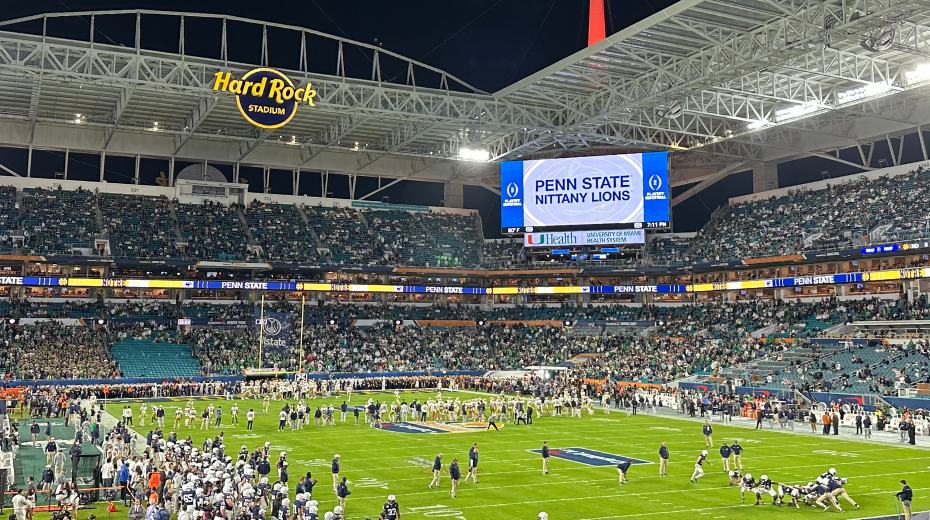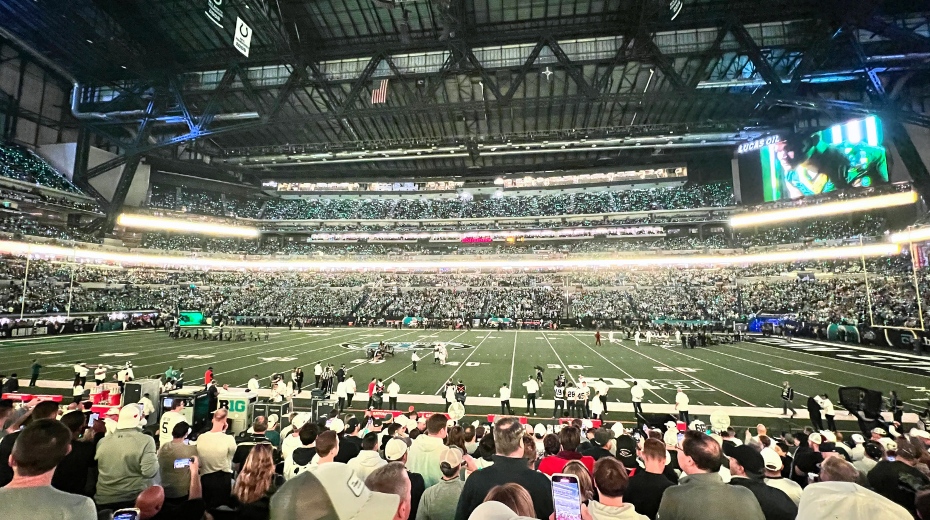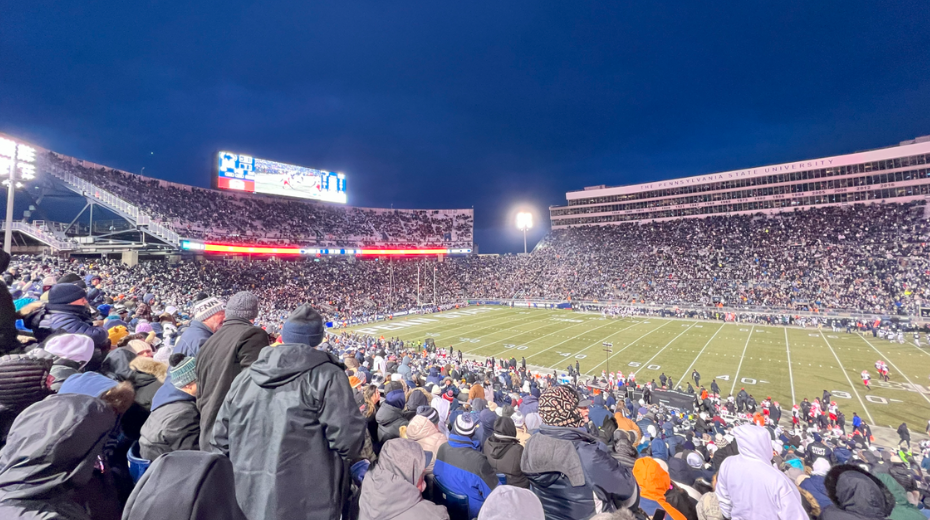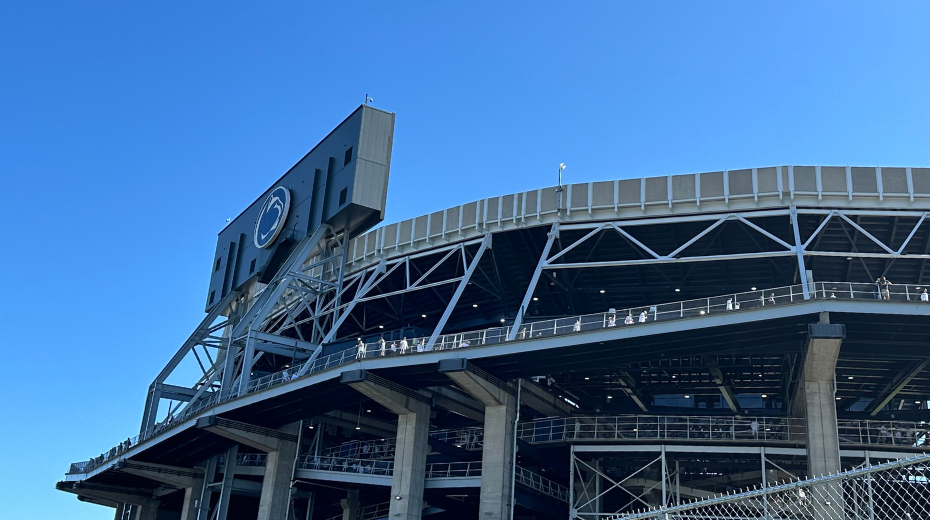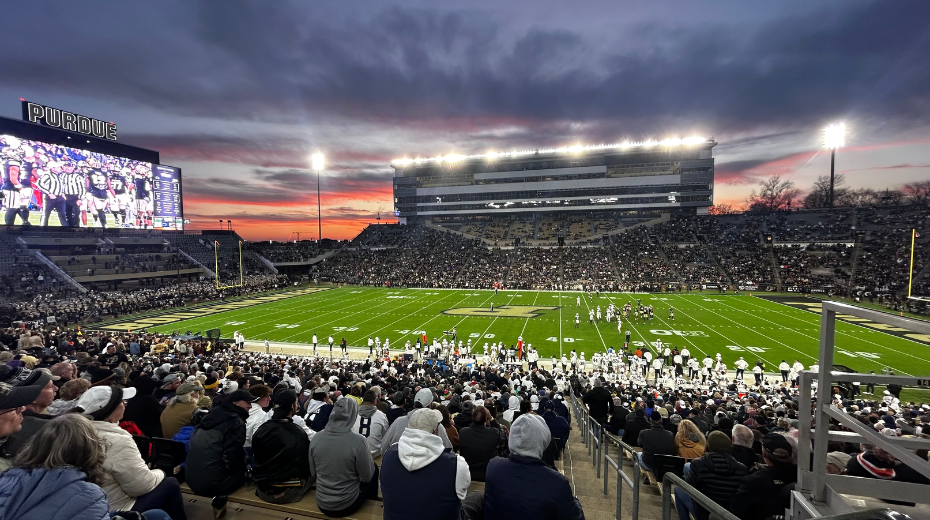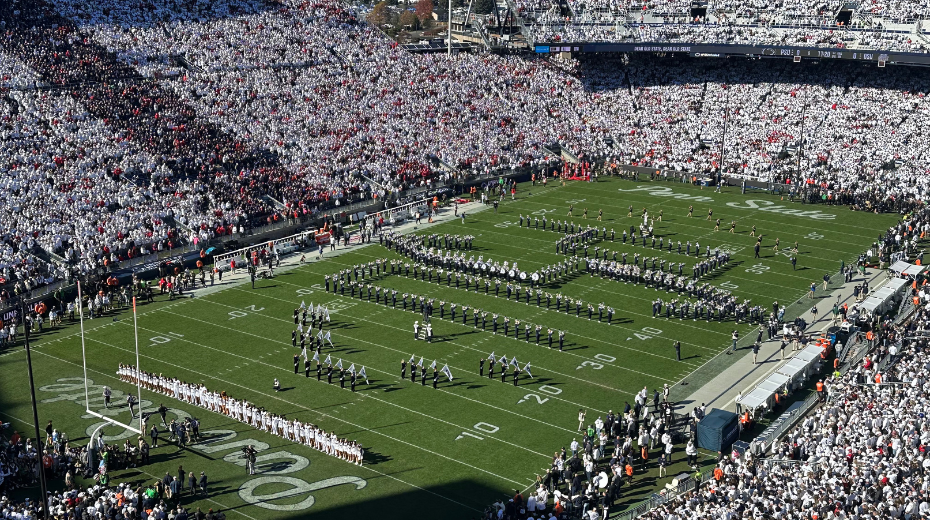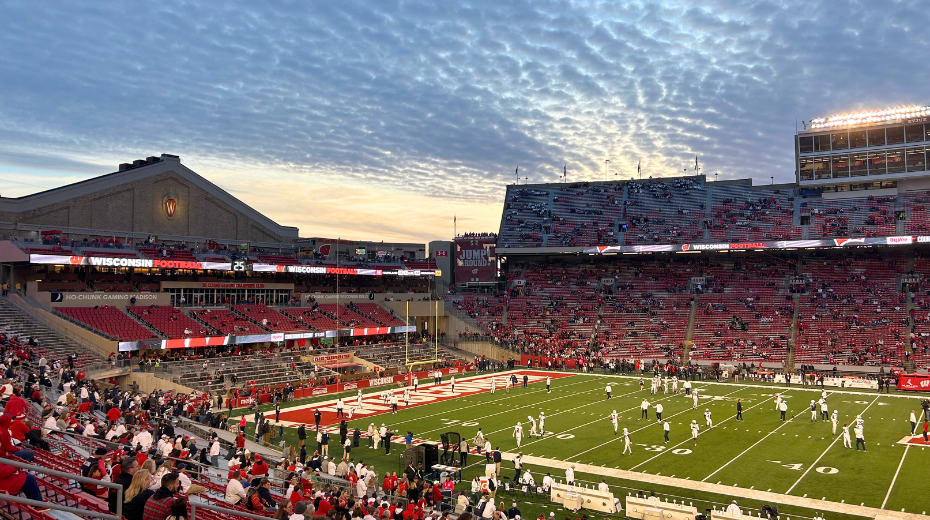-
WE ARE...The 2025 NCAA Wrestling National Champions! Congratulations Penn State Wrestling on a fantastic season.
-
What an exciting time to be a Penn State fan! With this team who knows what magical moments we’ll get to witness next. As Jack Ham said on Penn State Sports Network, “the beat goes on” and we’re headed to the Orange Bowl to take on Notre Dame!
-
We can be frustrated with them rather than at them. We can be the louder voices of pride and encouragement. We are the ones who can change the narrative. There is so much to be proud of and we can choose to see it. We can find the right words to voice it.
-
In the end, despite the disappointment, Penn State proved they could absolutely go toe to toe #1 Oregon. Had the Nittany Lions played cleaner, the outcome may well have been in our favor. Our team never stopped battling, not even when they were down 28-10. They could have let Oregon put the game away at that point, but they proved their resilience and their right to belong among the best in the nation.
-
Penn State is the most exciting and resilient we’ve seen in years and I am here for it. I can’t remember the last time I’ve been so pumped to see what happens next. We’ve taken care of the little things all season and now the big things are taking care of themselves.
-
Belittle us all day. Call for our coach’s job. Tell us we’re not a top five team. See if we care. We are 10-1 with a championship mentality. We are tuning out the noise and keeping our eye on the prize. We are gritty, resilient, and full of heart. We are Penn State.
-
Coach Franklin is already being asked about playoff preparations and his response is spot on. “If I start talking about things other than Minnesota, then so do our coaches and so do the players, and we lose focus, and then we come out and don't play well," Franklin said. "Right now, our focus is on Minnesota completely.”
-
This is not the article I wanted to write. That was not the game I wanted to watch. It’s a tough start to the week with that energy hanging over our heads. Well, those of us who haven’t lost our heads screaming for Franklin’s, anyway.
-
We know the qualities that set Penn Staters apart: heart, passion, resilience, perseverance, loyalty, integrity. We can see the proof in this season’s team that Franklin continues to develop players and a program that embodies these ideals.


